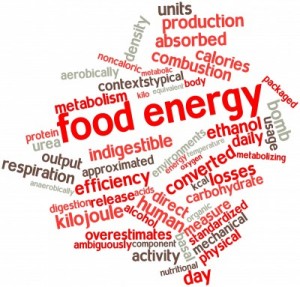There is a myth that substitutes to more caloric food are better for you, but guess what? It is not the case. In order to prove it, we will compare the labels.
# Milk vs. Soy Milk
One liter of milk contains one liter of pasteurized cow milk.
One liter of soy milk contains: 96,5% of soy base (water, soya beans 7.2%), cane sugar, calcium carbonate, stabilizer: gellan gum, sea salt, acidity regulator: dipotassium phosphate, flavor. If you want more tips about healthy food visit this website.

# Butter vs. Margarine
One pack of butter contains the appropriate amount of pasteurized milk cream.
One pack of margarine contains Liquid soybean oil and partially hydrogenated soybean oil blend, water, salt, soy lechitine, potassium sorbate and citric acid as preservatives, artificial flavors, betacarotene colors, vitamin A palmitate
#Sugar vs. Sweeteners
One kilo of sugar contains one kilo of processed cane sugar.
100 tablets of sweeteners contain milk lactose, Aspartame, cellulose gum and leucine.
Aspartame
Aspartame is about 200times sweeter than table sugar. It is also lower in calories. It is composed of phenylalanine and amino acids aspartic acid. There is much controversy on whether it causes cancer. Some experiments conducted on rats have caused leukemia and lymphoma to occur when introducing aspartame to their food. Later on, National Cancer Institute examined the effects and saw no signs of it being a carcinogen. People with phenylketonuria should avoid eating food containing aspartame because phenylalanine it can build up in blood and prevent necessary chemicals to reach the brain.
Aspartame is not the only controversial allergen. Carrageenan, that is obtained from seaweed. Although small amounts in food are recognized as safe, large amounts have harmed test animals’ colons. They can be found even in some child formulas and can have negative health consequences. It is banned from EU.
Partially Hydrogenated Soybean Oil
Partially hydrogenated soybean oil is soybean oil extracted from soybean that is later pumped with hydrogen gas to fill in the good fat bonds. However, during the process, the texture becomes firm and the natural omega 3-fatty acids amount is lowered. This version of oil is therefore unhealthier because the usage of hydrogenation forms trans fats. Trans fats , which are explained in our article in this case are product of the hydrogenation process and they interfere with metabolic processes. This type of oil is used by food companies because it’s cheap, stable and provides a longer shelf life. Many of the important fatty acids, antioxidants are lost through this process
Artificial flavors
Basically, the term artificial flavors means that the flavors extracted from fruits, vegetables, meat, seafood, poultry, dairy products and eggs for flavoring the product rather than augmenting its nutrition value. If the artificial flavors are derived from milk, fish, peanuts, soybeans, tree nuts, egg, fish they must be labeled on the product, but the fact is that it is never labeled where they are extracted from. Milk? Nuts? Natural flavors are considered to be healthier and consumers prefer them, but here’s an example: Hydrogen cyanide can be found in traces in naturally derived almond flavor. When it is made by mixing amyl acetate and clove oil it doesn’t. When a food or a drink contains natural or artificial flavors the food becomes potentially harmful.

